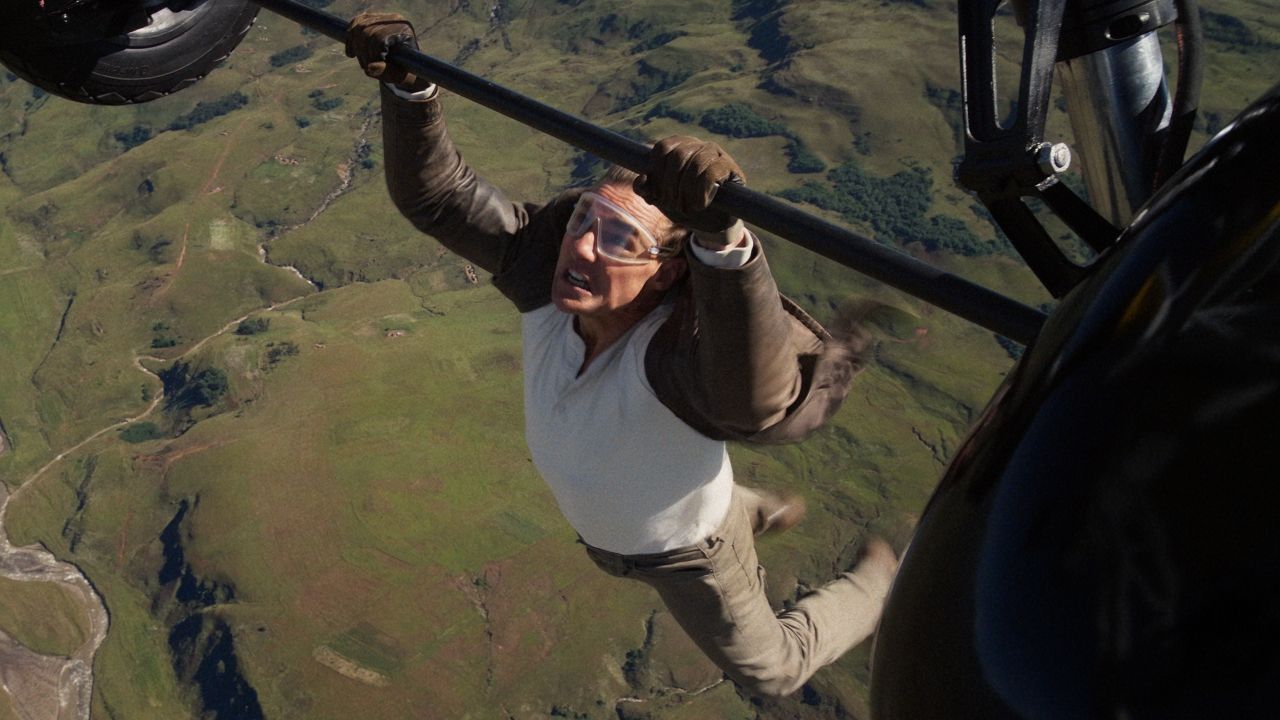
The Challenge of Crafting the Opening Act
Creating the Mission: Impossible movies has always been a daunting task, with each new installment pushing the boundaries of what is possible in terms of stunts and action sequences. Tom Cruise’s commitment to performing his own stunts has become a hallmark of the franchise, making every film more thrilling and physically demanding than the last. However, as director Christopher McQuarrie revealed, some of the most challenging aspects of Mission: Impossible - The Final Reckoning weren’t the elaborate physical sequences but rather the intricate process of editing and structuring the film’s opening act.
McQuarrie shared with Empire that the hardest part of the movie wasn’t the breathtaking biplane sequence at the end or the meticulously crafted submarine scene. Instead, it was the first act, which had to accomplish a tremendous amount in a short amount of time. He explained:
“It was harder than the aerial, harder than the submarine. Just the editing and the structure and the compression and the setup. All of those things were extremely, extremely difficult.”
This challenge was compounded by the fact that The Final Reckoning needed to address unresolved plot threads from the previous film, Dead Reckoning. Audiences had to be reminded of key details, while also being introduced to new characters and storylines. With an already extensive cast and a complex narrative, the film required a careful balance between providing necessary information and keeping the audience engaged.
Balancing Information and Engagement
The film’s runtime was nearly three hours, and every minute counted. McQuarrie noted that if the setup took too long, the entire movie would feel unnecessarily drawn out. To address this, there were attempts to trim the runtime by removing less essential elements. However, any change made to the opening act had ripple effects throughout the film, complicating the overall structure.
McQuarrie acknowledged that no Mission: Impossible film is without its flaws or convoluted moments. He explained that these challenges often stem from the ambitious nature of the project. As he put it:
“No Mission movie doesn't have some level of flaw, of convolution. And that's all because of the ambitions of the movie. The shit that works, works because of the shit that doesn't work.”
Despite these difficulties, the opening act of The Final Reckoning sparked considerable discussion among viewers. Some found the “infodump” approach to be overwhelming, while others appreciated how it succinctly summarized the entire Mission: Impossible franchise before diving into what is likely Tom Cruise’s final appearance in the series.
A Fitting Start to a Legacy
While certain scenes in The Final Reckoning required multiple takes and showcased the film’s technical complexity, summarizing the entire franchise in just a few minutes was no small feat. McQuarrie managed to pull it off, ensuring that the film started on the right note. He emphasized that if the opening hadn’t been successful, it could have jeopardized the entire movie’s conclusion.
In many ways, the opening act served as a culmination of everything that had come before, setting the stage for what could be the final chapter in one of Hollywood’s most iconic action franchises. Whether audiences embraced the approach or not, it undeniably reflected the ambition and dedication that have defined the Mission: Impossible series for decades.

Post a Comment